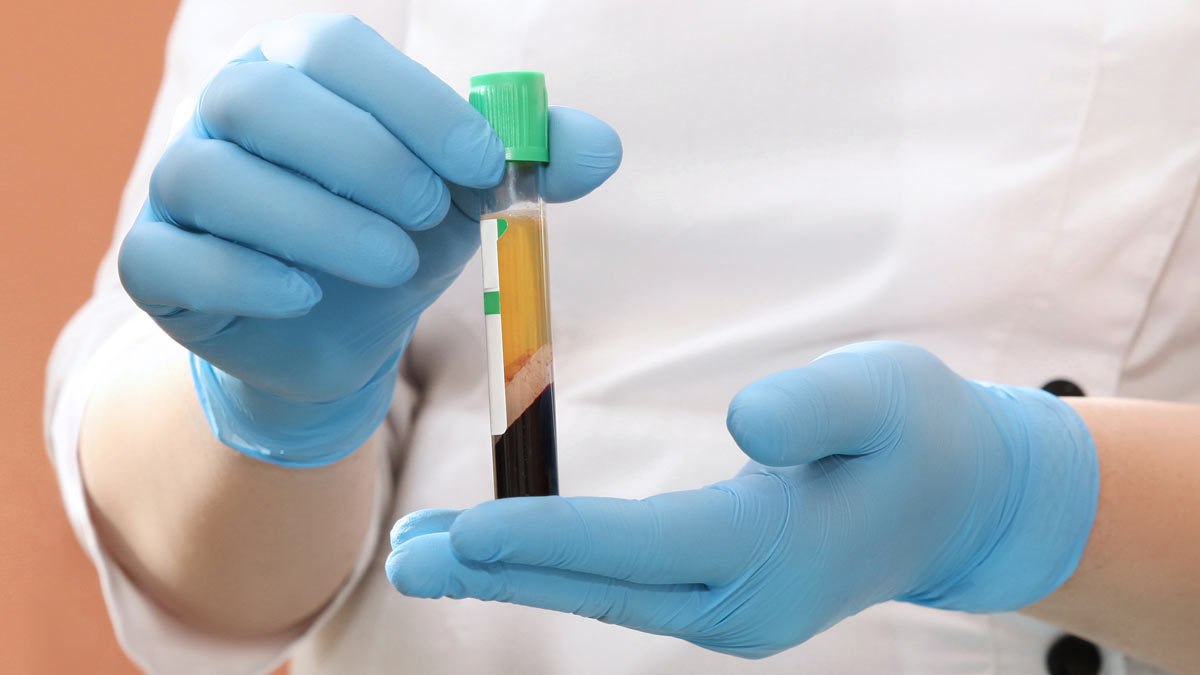You’ve decided that enough is enough. Perhaps you have finally reached the realization that the gnawing pain you have been dealing with for years on end isn’t going to just go away on its own.
While medications are still prescribed to treat chronic pain in some cases, the good news is that you now have options.
Todd Joye, M.D., at InterveneMD in Mount Pleasant, said it’s an exciting time for interventional pain management.
“There are more options now and more on the horizon,” he explained. “Traditionally, it was steroid injections, which we still use today, but there are some exciting developments, particularly with regenerative therapy.”
Dr. Joye said the purpose of regenerative therapy is to give your body the tools it needs to heal itself by strengthening the ligaments of the skeletal system, mending bulges or tears in spinal discs and improving the function of the knee, hip and shoulder joints. Regenerative therapy’s appeal is that it is natural: there are no “foreign” materials going into the body.
There are three options with regenerative therapy: platelet rich plasma, birth tissue products and bone marrow stem cells.
PRP is a solution of highly concentrated platelets within a small amount of plasma, the straw-colored liquid portion of blood. Platelets not only aid in blood clotting but also have critical growth factors inside them that, when released into damaged tissue, can accelerate healing. Blood is taken from the arm and put in a special machine to count the platelets. The sample is processed in a centrifuge, and then this rich mixture of growth cells is put directly into the injured or worn-out tissue, ideally using X-ray or ultrasound guidance.
Birth tissue products are harvested from the placenta and amniotic fluid at the time of a newborn’s delivery and contain cells that help improve the healing environment in injured areas.
Stem cells from bone marrow are autologous, which means the donor and recipient are the same person. Bone marrow, the spongy tissue inside bones, contains stem cells that turn into bone, cartilage, fat, red and white blood cells and platelets. These are taken a person’s own bone marrow, usually at the back of the pelvis, and injected into damaged tissue.
The option that is best for the patient depends on the factors that are causing pain. Often, a combination of regenerative therapy and chiropractic or physical therapy, for example, could help. Dr. Joye explained that regenerative therapy for ligaments strengthens them, which will help the chiropractic adjustments to stay in place.
Dr. Joye said most people will not need surgery for chronic pain, but there are times when it is a “lifesaver.” He mentioned, however, that surgery can sometimes awaken another area of the body that was dormant before and could become a different source of pain.
“That is why it is best we treat the root of the problem,” he said, adding that the same goes for pharmaceuticals. “Sometimes medications are absolutely necessary, but they can also become complicated due to interactions and side effects.”
He noted that 80% of pain medications cause sedation and that people can become addicted to opioids.
“The older the patient, the more of a chance they are taking other meds that could adversely affect the pain prescriptions, so even though medications might be fine for some people, they aren’t the answer for others,” Dr. Joye pointed out.
Another new and exciting options to combat chronic pain are the Vasper system and IV wellness infusions. The Vasper system is a low-impact, 21-minute workout based on compression technology, cooling and interval training. If chronic pain has halted a workout regimen, the Vasper system could be the answer.
IV wellness infusions provide intravenous infusions of vitamins, minerals and antioxidants. This concoction can not only provide help with pain, inflammation and recovery from an illness or surgery but can also boost immunity, which could be quite helpful during the COVID-19 pandemic.
No matter what treatment option you choose to assist with chronic pain, Dr. Joye said, “Don’t live with pain. You don’t have to. Seek help. Untreated pain can increase blood pressure, increase heart rate, cause stress, lack of sleep, have adverse effects on your relationships and can cause collateral damage to other organs in your body that might have to work overtime to compensate.”
He added, “There may not be a cure, but we can certainly treat it. Pain is common but now more manageable than ever.”
For more information on InterveneMD, visit intervenemd.com or call 843-216-4844.







